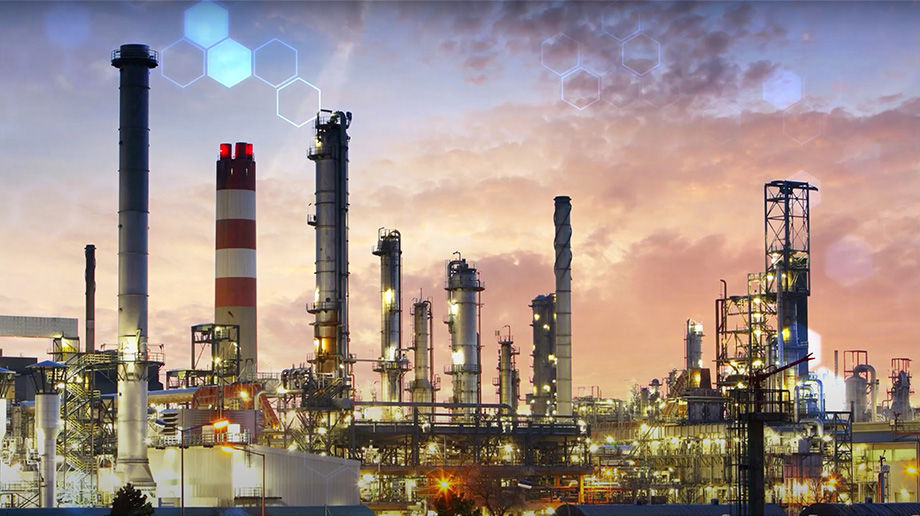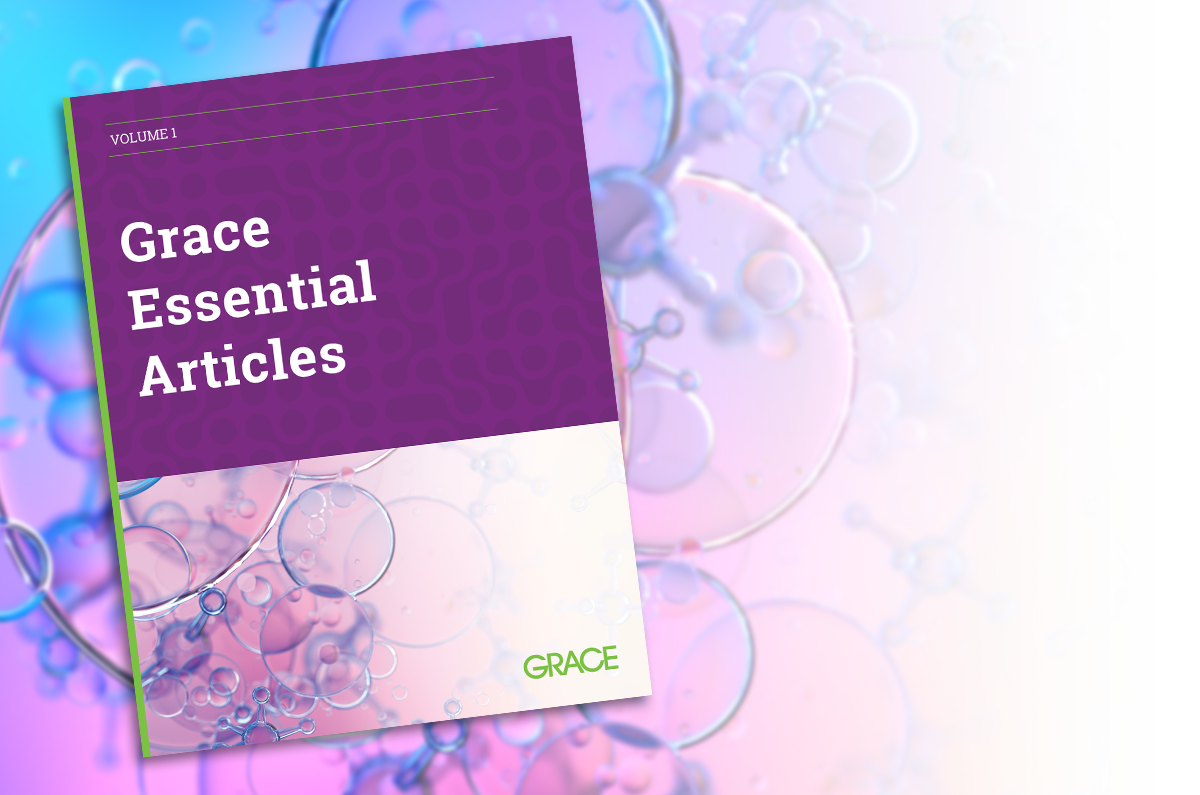FCC Catalyst Applications
Grace is recognized as the global leader in specialty inorganic catalysts used in energy and refining, polyolefins and plastics, as well as petrochemical, and other chemical manufacturing applications. For the Refining industry, Grace specializes in fluid-catalytic cracking (FCC) and hydroprocessing applications.
We support these products with world-class technical service, experienced research and development and unsurpassed analytical tools, like our DCR™ Pilot Plant, which simulates commercial performance on a lab scale for fluid bed catalyst systems.
FCC Catalyst Solutions from Grace

Watch the video
Watch the video





